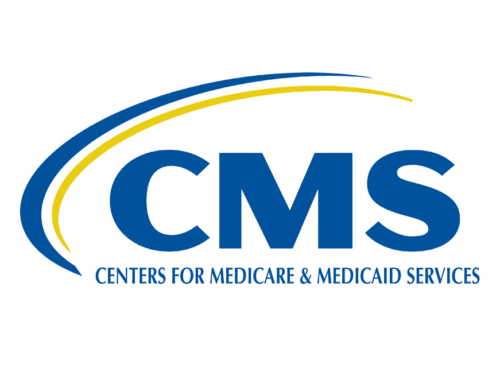

From Access to Equity: The Devil is in “Z” Details
Authors of a recent JMCP perspective state that data reporting on social determinants of health (Z-code documentation) must be incentivized and incorporated into the patient care process. Capturing these data help to identify social risk factors that contribute to poor health outcomes and to target and address health disparities.

Leveraging Community Benefit To Increase Health Care Value
Authors of a recent Health Affairs Forefront article state that community benefit services provided by non-profit health organizations could help drive value-based care. These services can be utilized to improve social determinants of health that would improve quality and reduce the use of low-value services.


Expanding Pre-Deductible Coverage in HSA-Eligible Health Plans Benefits Patients
An EBRI issue brief examined the effect of expanded pre-deductible coverage of services and medications specified in IRS Notice 2019-45 on premiums, and found that expanding pre-deductible coverage under employer health plans would add minimal increase to health insurance premiums while lowering out of pocket costs for patients. Estimated premium increases range from virtually zero to 1.5%.

Impact of a Value-Based Insurance Design Implementation by a California Public Employer
Recently published research shows that enrollment in the California Public Employees’ Retirement System (CalPERS) V-BID program led to higher primary care provider and immunization utilization with no added total costs. Compared to those not enrolled in a V-BID PPO, V-BID beneficiaries experienced lower out-of-pocket payments as well as significantly lower rates of hospital and surgical admissions.

U.S. Consumers Overpaying Billions for Generic Drugs Due to Business Practices by PBMs
A white paper on drug pricing by the University of Southern California states that practices such as copay clawbacks, spread pricing, and profit-oriented formulary design result in overpayment for generic drugs, which account for 90% of U.S. prescriptions. Authors point to PBM practice regulations and market improvement as potential policy solutions.

Associations of Chronic Medication Adherence with Emergency Room Visits and Hospitalizations
A new JGIM study exploring the relationship between medication adherence for chronic disease management and ER visits and hospitalizations has found that increased medication adherence is associated with fewer ER visits and hospitalizations. “Investing in improving medication adherence may reduce the use and costs of health resources, and improve patients’ health.”

Health Informatics Interventions to Minimize Out-of-Pocket Medication Costs for Patients: What Providers Want
New JAMIA research reveals that providers lack information on patients’ ability to pay for medications, costs of medication regimens and cost impacts of patient insurance changes. Providers surveyed also expressed a need for new and improved digital tools to help them choose medications, compare price differences, identify patients with financial challenges, centralized information about cost reduction resources, medication price reports for patients themselves, and patient-provider conversation aids.

Cost-Sharing and Adherence, Clinical Outcomes, Health Care Utilization, and Costs
According to a recent literature review conducted by National Pharmaceutical Council researchers, “higher patient cost-sharing for prescription medications leads to worse medication initiation, adherence, persistence, and discontinuation.”

2022 Milliman Medical Index
The 2022 Milliman Medical Index, which reliably measures healthcare costs for a “typical” American family of four, estimates that costs will grow by 4.6% from 2021 to 2022. This is an increase of approximately 6.7K in annual healthcare costs from 2020.


Why Your High-Deductible Health Plan Isn't Helping Your Employees
According to a recent Inc. article, high deductibles lead to decreased utilization of necessary care. Forgoing health care services results in poorer health outcomes for employees, especially those with chronic conditions. Targeted benefit designs like value-based insurance design would increase utilization of high-value care and reduce the use of low-value care, achieving the dual aim of improving health outcomes and lowering expenditures.

More Americans are Avoiding Healthcare Due to Cost Uncertainty
Despite increased health care price transparency, half of respondents to a recent HealthSparq survey report skipping services because they were unsure of the costs. A summary of the report suggests that the burden of finding, accessing and paying for healthcare may play a role in avoiding medical care.
Please Help Support the V-BID Center
As a non-profit entity, the V-BID Center relies on fundraising to support our research, education, and policy efforts. Please help us continue our work by donating here. We truly appreciate your consideration.






